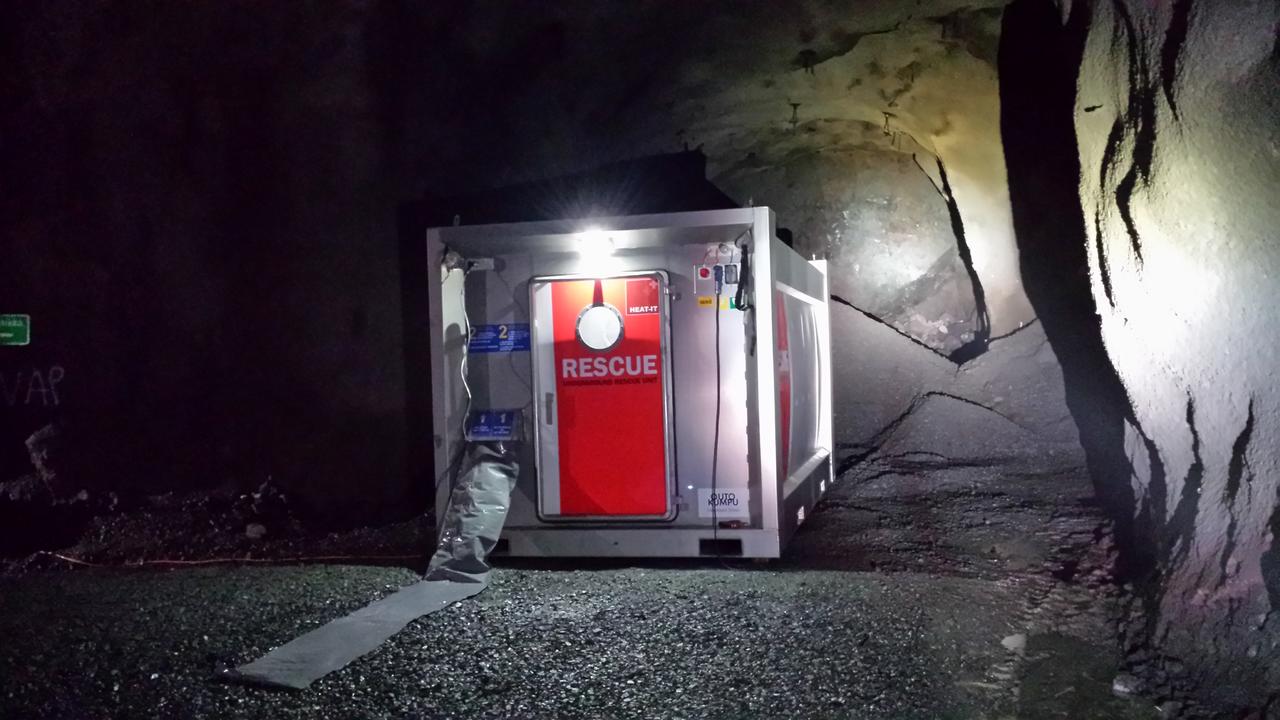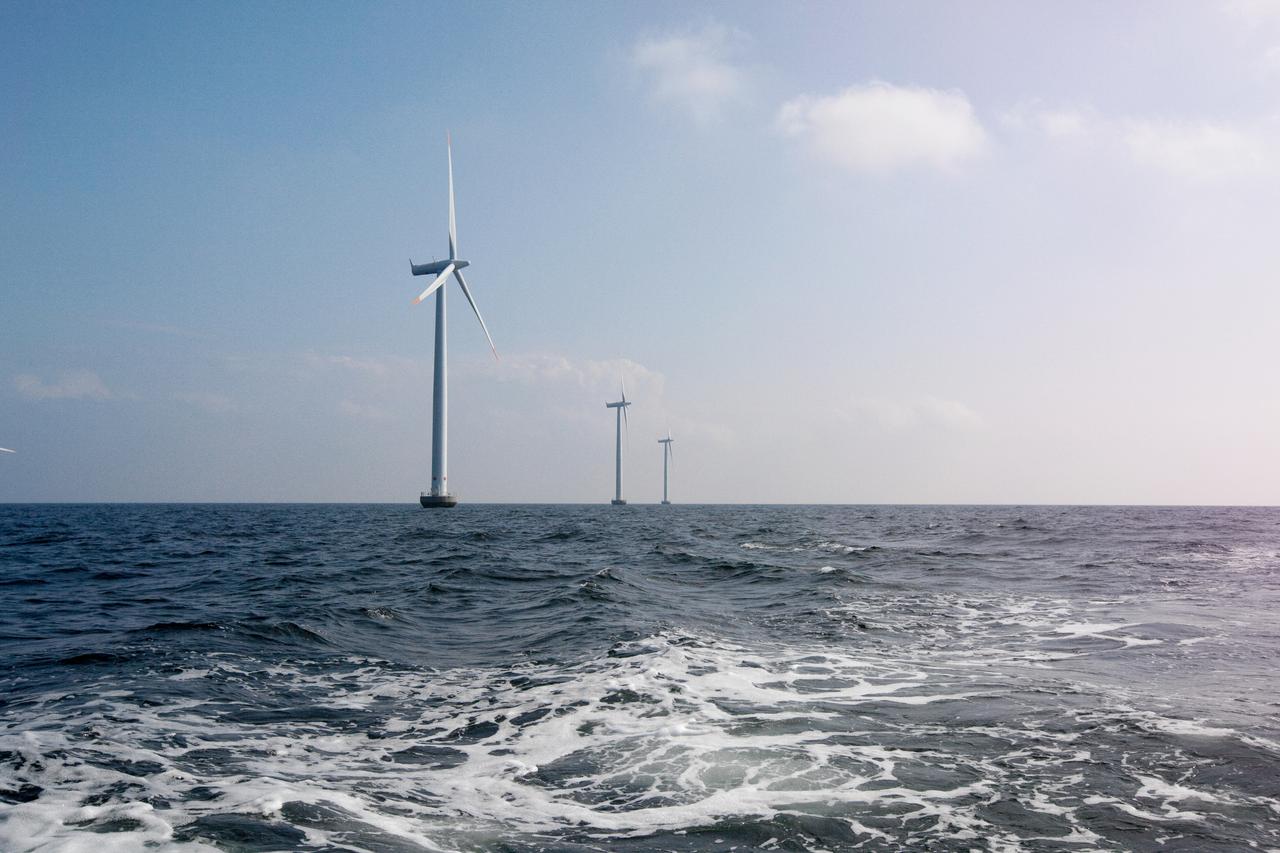As Europe navigates the complexities of the green transition, the region stands at the forefront of a global movement towards sustainability. The European Union's ambitious climate goals, including the European Green Deal, aim to make Europe the first climate-neutral continent by 2050. This commitment has spurred unprecedented growth and opportunities across various industries, driving innovation and investment in green technologies.
The geopolitical landscape further underscores the urgency of the green transition. For example, energy security is a major concern, and Europe is increasingly looking to diversify its energy sources and reduce dependence on fossil fuels. Germany's "Energiewende," or energy transition, exemplifies this effort, with a substantial shift towards renewable energy sources such as wind, solar, and hydroelectric power. The country aims to phase out coal by 2038, replacing it with cleaner alternatives to ensure a sustainable energy future. As Germany phased out nuclear power in 2023, they are also counting on more energy storage technologies, as well as hydrogen or greenhouse gas-neutral fuels by 2045 – especially to account for the fluctuation from other renewable energy sources.*
More broadly, 17 European countries have made significant investment in the hydrogen sector. Since 2020, 76 projects across Europe are set to receive more than €10 billion in private funding, which is expected to unlock nearly €16 billion in additional private investments.**
This shift is not only essential for environmental reasons but also for ensuring economic stability and resilience in the face of global uncertainties.

In this context, stainless steel emerges as a vital material that can accelerate the green transition. Stainless steel’s properties like corrosion resistance, durability, and recyclability, make it indispensable for a wide range of applications that are crucial for reducing carbon emissions. This includes transportation, renewable energy infrastructure, water treatment, carbon capture systems and the hydrogen economy. As all these changes are happening to reduce emissions, the carbon footprint of the materials used in these applications will be part of the equation – so more sustainable materials will form the backbone of the green transition.
From the mine to the Electric Vehicle
We’re seeing the beginning of an industrial evolution – a shift in how we build the world around us, where each step brings us closer to a sustainable future. Along this path, stainless steel emerges as a steadfast companion, providing the strength, resilience, and innovation needed to overcome the challenges ahead.
Deep within the earth, the extraction of critical materials sets the stage for the green transition. Stainless steel, with its exceptional strength and resistance to corrosion, is the unsung hero in the harsh underground environment. It forms the backbone of mining equipment, from drills that pierce through solid rock to conveyors that transport precious ores.
 Image courtesy of HEAT-IT
Image courtesy of HEAT-IT
Our Core 4622 stainless steel is used in mine rescue chambers, while our Forta LDX 2101 grade is perfect for wagons. By ensuring the durability and reliability of these machines, stainless steel help us get the crucial minerals like copper, lithium, cobalt and nickel that are absolutely necessary for the green transition . As the ore goes through the beneficiation stage and is transformed into metals, stainless steel grades like Outokumpu’s Forta range keep the processing running reliably and productively in conditions that are very demanding due to corrosion and wear.
Below the ground, technology like geothermal energy also leans heavily on stainless steel . Stainless steel's excellent thermal conductivity and resistance to scaling and fouling make it an ideal material for these heat exchangers on the topside and in the associated piping and tanks.
Meanwhile, electrification and energy generation are fundamentally crucial for the green transition. Offshore wind and wave energy are at the forefront of this movement, harnessing the relentless forces of nature to generate clean, renewable power. Stainless steel is the silent guardian of these marine energy installations, including the Forta DX 2205 used for the Merkur Offshore Wind farm, providing unmatched resistance to the corrosive effects of seawater and the relentless forces of nature.
Solar power could generate more than 11% of global electricity needs by 2050 – and different stainless steel grades will be essential in these applications. For example, Therma 4910 is a key ingredient in thermal energy storage tanks, helping gather energy during the day and making it available during evening periods of peak demand.
 Take a deeper dive in the Green Transition Blueprint series
Take a deeper dive in the Green Transition Blueprint series
Stainless steel is not just a material of the past; it is a critical enabler of the green transition. Its unique properties and wide range of applications make it indispensable in the quest for a sustainable future.
At Outokumpu, we are dedicated to driving innovation together with our customers and partners – we are relentlessly researching how stainless steel can be applied into existing applications, as well as exploring never-seen opportunities for stainless steel in clean transition innovations.
I’ve only scratched the surface on how stainless steel is helping drive the green transition – take a closer look at the role we play in key industries:
*Source: German Grid Development Plan Electricity 2037
**Source: European Commission, IPCEIs on Hydrogen
